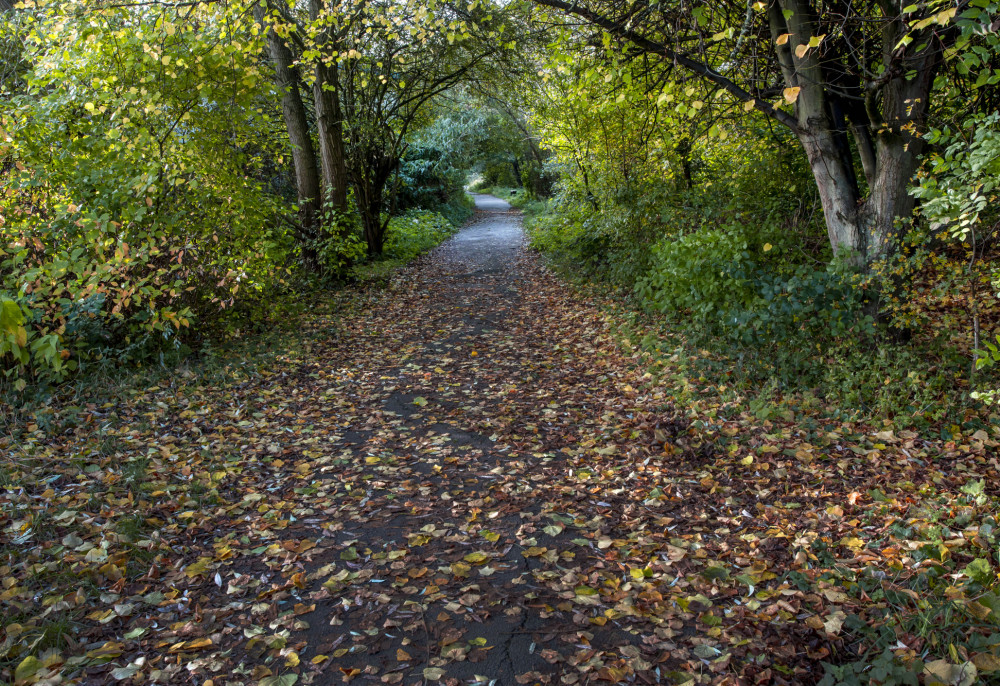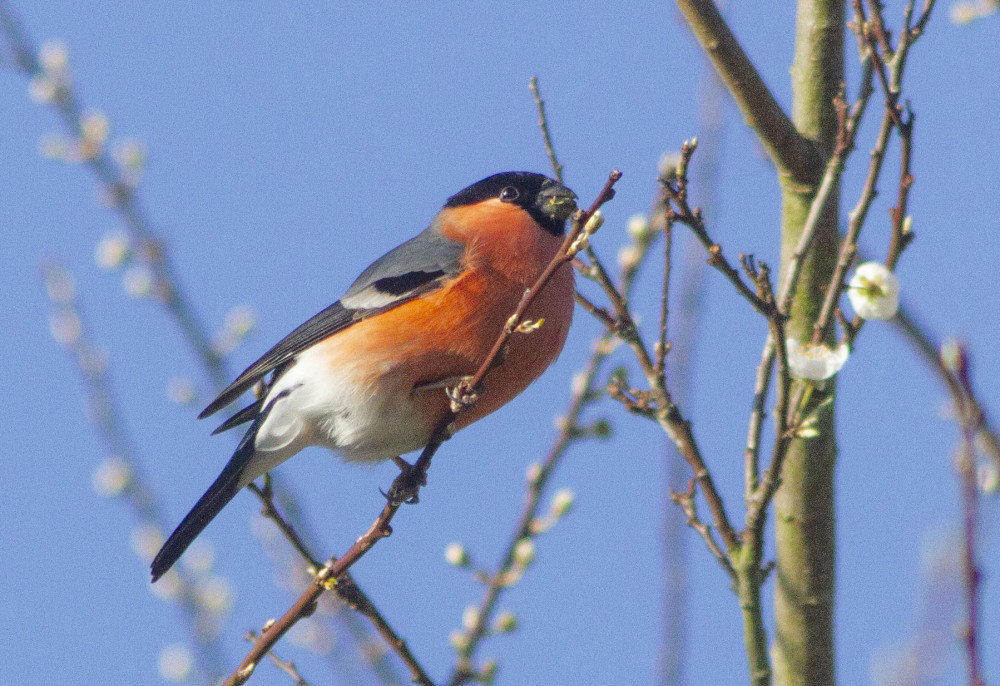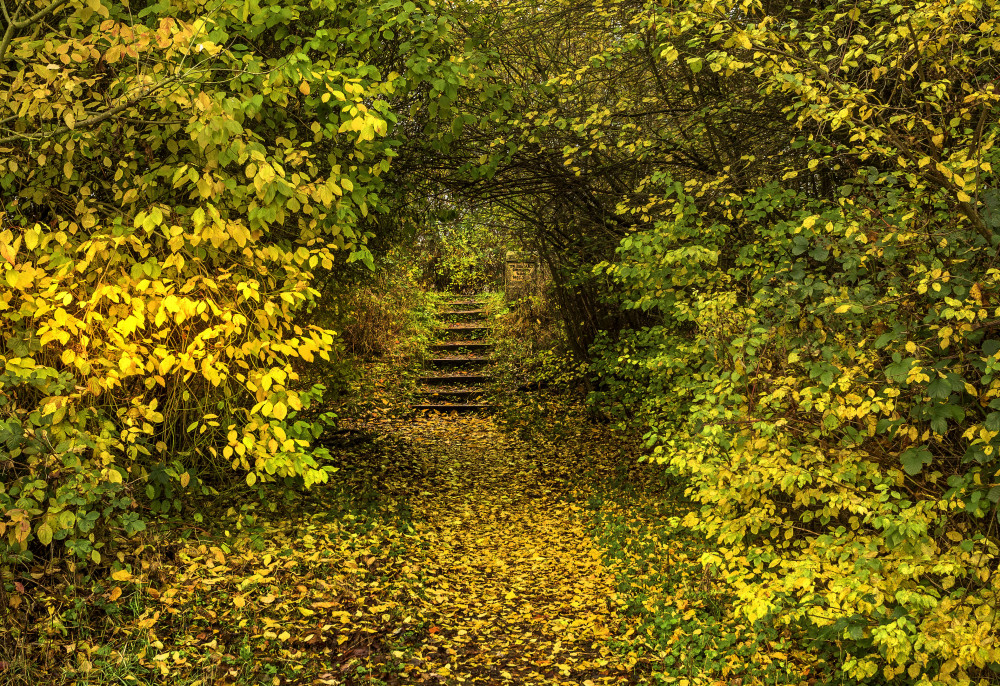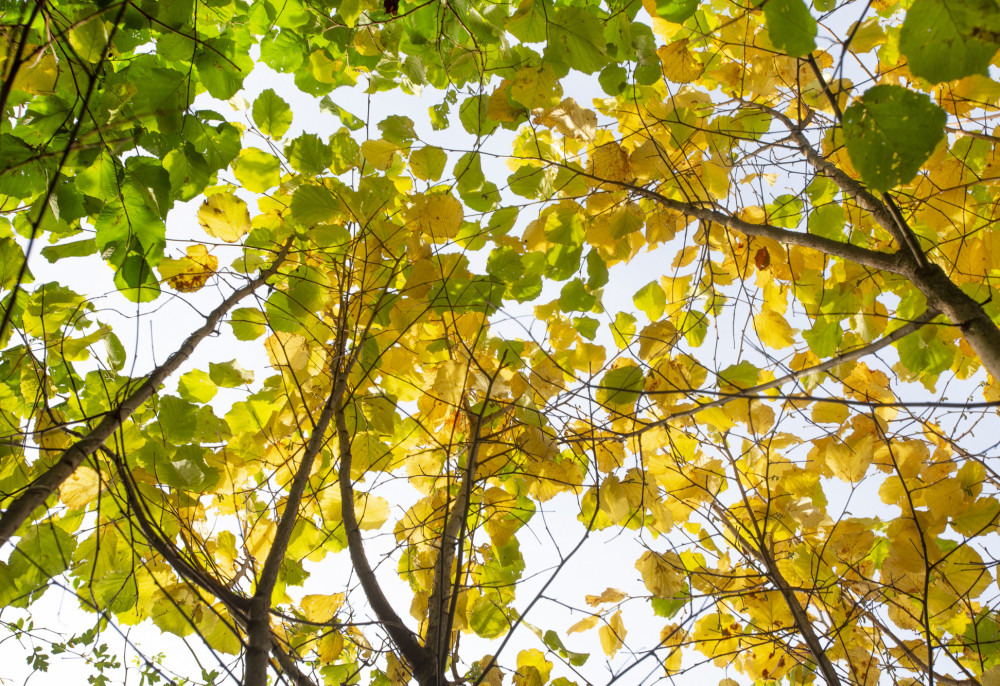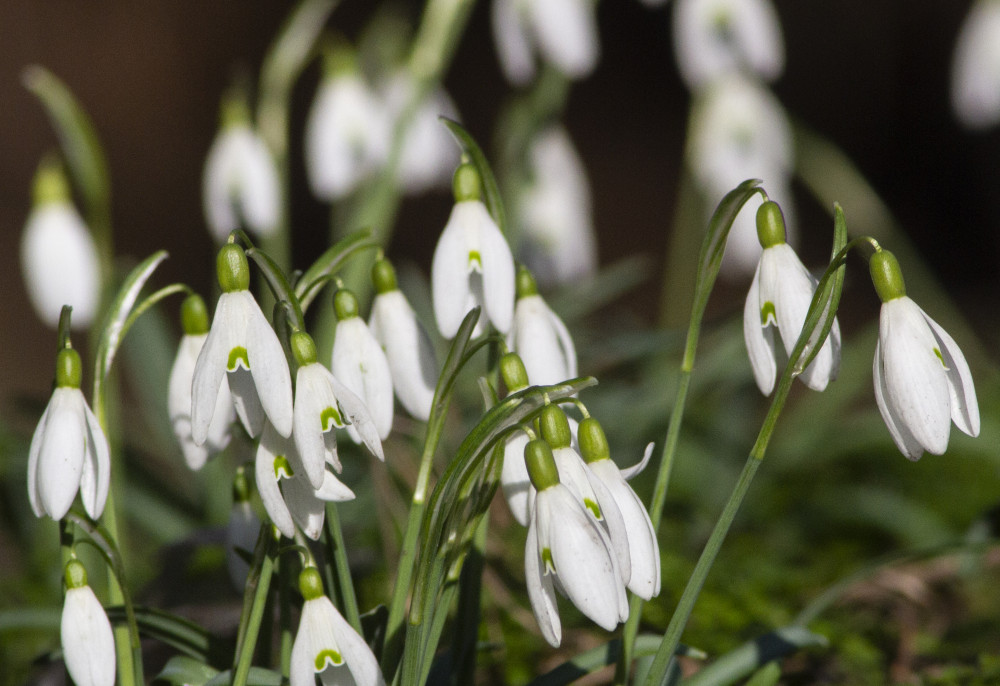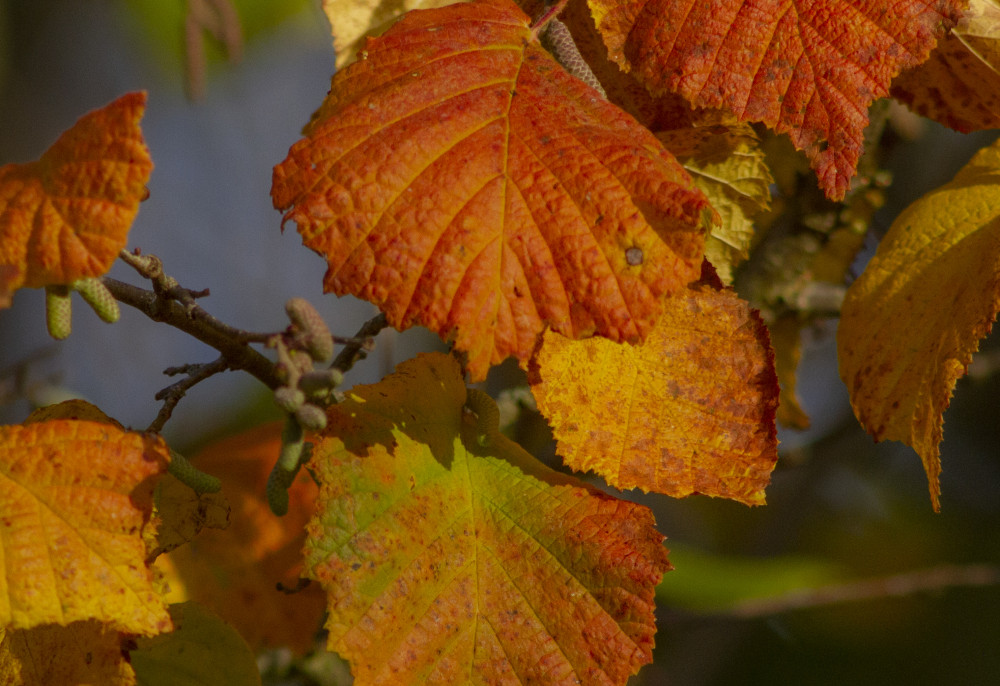Plants and Trees
The oldest trees on the reserve are the Limes in the south-west corner. Apples, Pears and various Prunus species either arrived on the reserve with the city’s rubbish or have been planted by volunteers. Bird Cherry, Elder, Hawthorn and Rowan provide fruit for winter thrushes; Alder and Birch seeds feed the finch flocks; Willow catkins are a source of pollen for early bees. Hazels are coppiced and Willows pollarded for young branches to use in green wood crafts. Young Oaks are proving to be hosts to a fascinating range of insects. Among the shrubs, Blackthorn provides some of the earliest blossom and a supply of autumn fruit for birds and devotees of sloe gin. Brambles strike some visitors as untidy and overgrown, but are in fact carefully managed as an important food source and safe haven for birds and invertebrates.
Over 160 herbacious plant species have been confirmed present or recently identified. Most of the plant population has arrived of its own accord, either in the original topsoil or via seeds brought in by birds and animals or on the wind. Occasional garden escapes account for one or two usually short-lived oddities. Native species with value to wildlife are planted from time to time as part of the grassland improvement programme. Important plant families on the reserve include the legumes (vetches and clovers), composites (including coltsfoots, dandelions, thistles and tansy), labiates (red and white dead-nettle, woundwort and ground ivy), the rose family (dog rose, wood avens, cinquefoil and silverweed) and umbelliferous plants (cow parsley, hogweed, greater burnet-saxifrage).
The statuesque Teasel is one of the reserve’s most distinctive plants, and successively provides nectar and pollen for insects and seeds for goldfinches. Other species to look out for include Snowdrops in late winter, Cowslips in spring, and Willow-herbs from midsummer. Two species that we try with great difficulty to control by organic methods are Indian Balsam, which re-establishes itself from seeds washed in on flood water, and Hedge Bindweed.
If you have any photos from the reserve that you would like to share with us, we'd love to see them! Send us a message on social media or use the form on our Citizen Science page.

